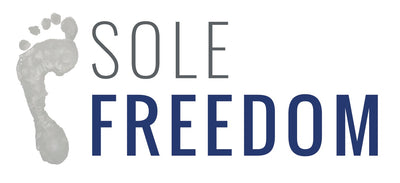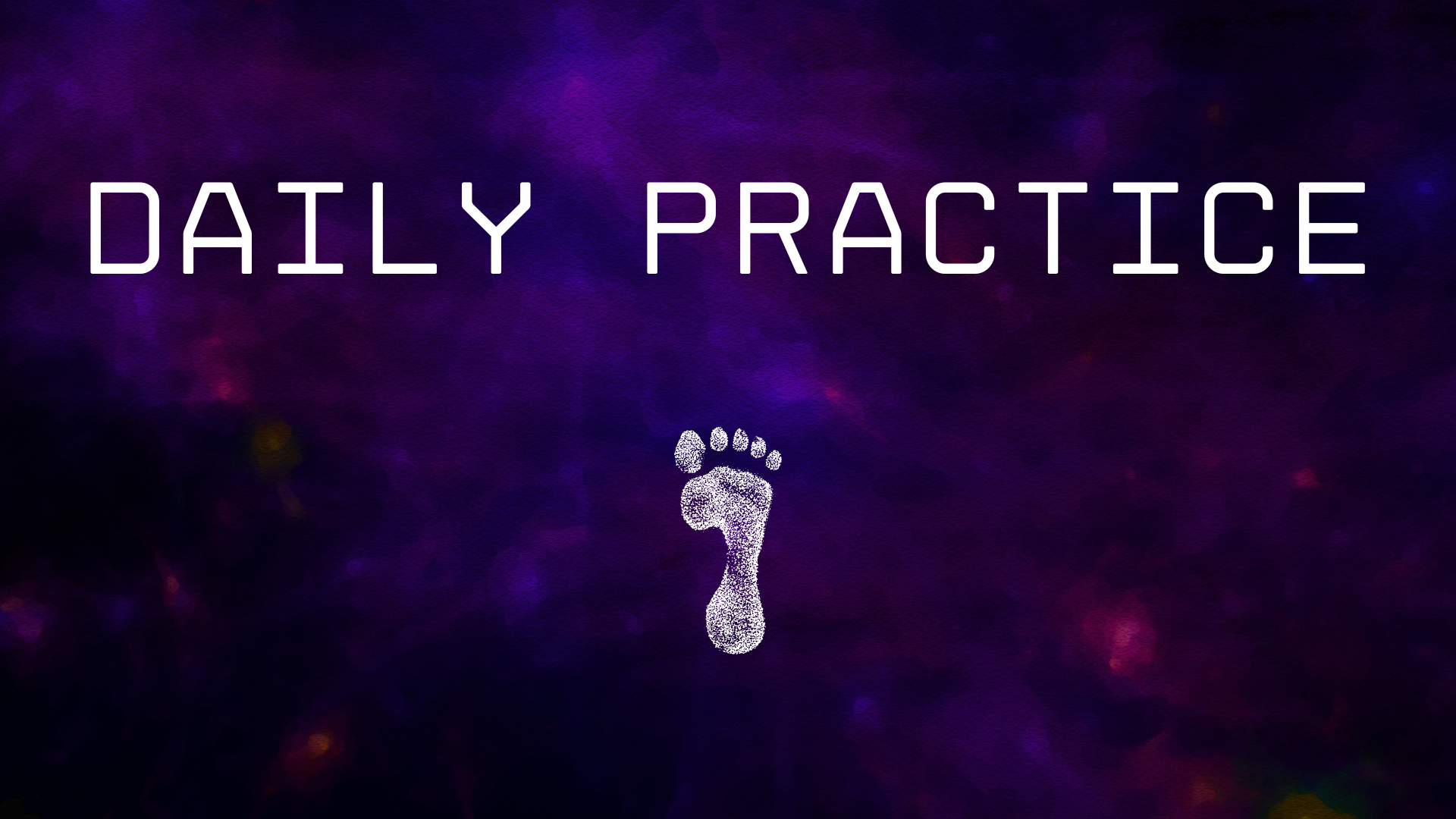Today's microdose is about step 3 on the journey to restore healthy feet: Daily practice.
A daily practice is a health routine that we do everyday. Practice can be defined as the act of performing an activity repeatedly or regularly in order to improve or maintain one's ability. The process of improving our foot health is simple but it's not free - the cost is that we must pay attention. To make sustainable, long term progress, we need to consistently show up and spend time upgrading our body.
Consistently showing up everyday for a focused session matters much more than what exactly you end up doing during the session.
The Fogg behaviour model is one of my favourite tools to understand why humans do or don't do something. The model shows that three elements must converge at the same moment for a behaviour to occur: motivation, ability and prompt.
If we want a behaviour to happen, we need to 1) be motivated to do it, 2) have the ability to do it, and 3) have a prompt that reminds us to do it. If a behaviour doesn't occur, at least one of the three elements is missing.
From personal experience, here are some tips for establishing a daily practice:
- Be clear on why you're doing it. Is it to reduce pain? To improve your ability to play a sport? To be able to continue doing the things you love without foot pain holding you back? Clarity on your why helps maintain a high level of motivation.
- Start small. A daily practice of at just 10 minutes done consistently can be very powerful and achieve meaningful changes long term.
- Schedule it. Put it in your calendar. Schedule a reminder or alarm. Place it in your day at a time you have full control over. For me it's first thing in the morning after waking up.
- Keep it light and playful. The more fun it is, the more likely you are to do it. If it's boring, do something different. If it's hard or painful, make it easier and less intense.
- Tell someone you're doing it. Social accountability is powerful. Tell a friend or someone you live with that you're doing a 10 minute daily practice to upgrade your lower body. Better yet...find someone to do it with and help each other stay on track.
- Track it. Mark each day you completed your daily practice on a calendar or keep a logbook/journal each day that has notes about what you did, how you felt and anything that is changing over time. A practice log is a really great tool for self accountability and self reflection.
Those tips cover HOW to establish a daily practice. Now lets talk about WHAT to do during your daily session.
While there is a lot of flexibility in what you can do, there are 4 fundamental elements that must be included in an effective daily session:
1) Foot reconditioning: rebuilding baseline strength, mobility and capacity in your feet. Ideas: wearing toe spreaders, mobilizing joints and releasing tissues with a ball, walking barefoot, walking in natural shoes, barefoot single leg movements. Lots of options with this. The simplest and most effective option: go on a walk in varied terrain in nature either barefoot or wearing natural shoes.
2) Balance training: I think of balance training as lower body recalibration. Each second you spend challenging your balance is improving your ability and building protective coordination that helps to prevent injuries. Ideas: barefoot on single leg, playing on a balance beam, solemate or even just getting creative with a 2x4 piece of lumber. I highly recommend checking out The Foot Collective on YouTube and browsing the balance training library of videos for ideas.
3) Squat restoration: If you can't comfortably lower into a resting squat position with your feet hip width, barefoot and straight, you're missing functional range or strength in your lower body. Spending time everyday working on your squat (by literally just squatting) is a crucial element of restoring a functional lower body. Ideas: assisted squats holding onto something or someone to help you from falling back, spending time in the bottom squat position, squatting with something under your heels to help work around your ankle mobility restrictions until they improve. The only wrong way of working on your squat is if you aren't squatting. As your squat improves you can change the variations and intensity of your squat practice.
4) Time on the ground: We spent a lot of time in chairs and a great way to offset that and improve our lower body mobility (especially at our hips) is to spend time on the ground. Ideas: get up and down from the ground a dozen times without using your hands, watch a show or read while sitting on the ground. The more positions you can explore the better. The ground is an awesome hip mobility coach. When a position feels uncomfortable, switch to another one.
Summary
- Step 3 to developing healthy feet is starting a daily practice. A playful movement session done everyday that upgrades your lower body strength, mobility and resilience.
- Consistency is more important than intensity
- Start with 10 minutes and build from there
- Keep it light and playful to start
- Schedule it, set a daily reminder, track it
- Make sure you include elements of foot reconditioning, balance training, squat restoration and time on the ground
If you found this blog helpful, share it with someone struggling with lower body issues and help them get started with a daily practice to improve their health.
Thanks for reading. Thanks for taking care of yourself.
Much Love
Nick

